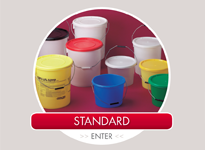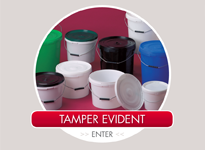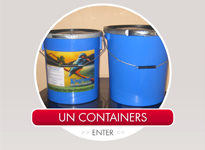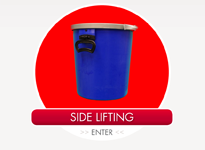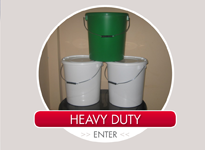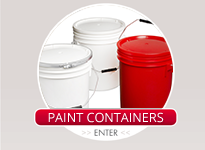
What are UN containers? (Part 2) The drop test.
May 30, 2012 at 11:19 PM
The containers are tested in the "as for shipment" condition, with four key tests for them to undergo:
the drop test;
the stacking test;
the leakproof test;
and the hydrostatic test.
Each of these four tests has specific guidelines set up to ensure that the packaging being tested will conform to the respective packing group requirement.
This testing is a thorough and comprehensive process. It can only be carried out by independent laboratories, who are legally authorised to issue a formal UN certification indicating the "worthiness" of the packaging for using with hazardous materials. To give you an idea of how comprehensive the testing is, the primary UN requirements document alone weighs 2 kilograms!
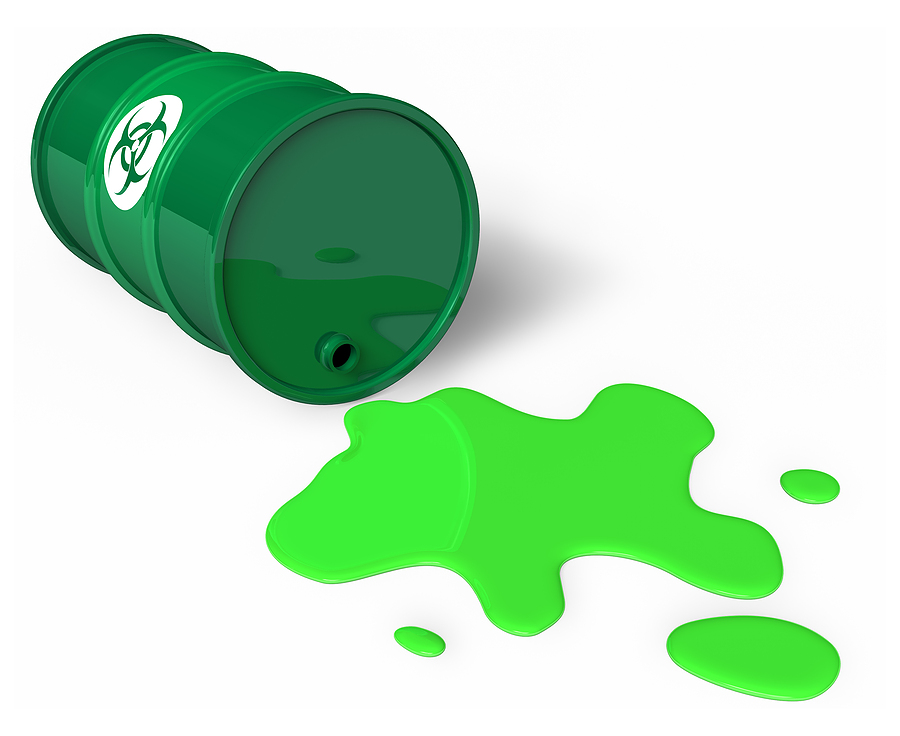
The Drop Test:
The drop test needs to be conducted to assess all packaging design types. For other than flat drops, the centre of gravity of the test packaging has to be vertically above the point of impact. Where there is more than one orientation possible for any given drop test, the one that is most likely to result in a failure of the packaging is the one that needs to be used.
When testing single or composite packages that are constructed of stainless steel, nickel, or alloy, the drop test will have to be carried out using two samples, one sample used in each of the two drop orientations.
Plastic drums, plastic jerry cans, plastic boxes, composite packaging (plastic material), and combination packaging (with plastic inner packaging other than plastic bags) intended to contain solids or articles – the testing of these containers has to be actioned when the temperature of the test sample and its contents has hit -18C or below. To further complicate things, these test liquids have to remain in their liquid state, even using anti-freeze to ensure it.
The United Nations Committee has assigned all dangerous goods to one of the following three Packing Groups:
Packing Group I - High danger
Packing Group II - Medium danger
Packing Group III - Low danger
For solids and liquids, when the test is performed with hazardous materials that require transportation, or with non-hazardous materials that features the same physical characteristics, the drop height is determined by packing group, as follows:
Packing Group I - 1.8 metres
Packing Group II - 1.2 metres
Packing Group III - 0.8 metres
For liquids, if the test is carried out with water, where the carried materials will have a specific gravity of 1.2 or less, the drop height is calculated by packing group as follows:
Packing Group I - 1.8 metres
Packing Group II - 1.2 metres
Packing Group III - metres
Where the carried materials have a specific gravity that exceeds 1.2, the drop height needs to be determined based on the specific gravity of those materials:
Packing Group I - SG x 1.5 metres
Packing Group II - SG x 1.0 metres
Packing Group III - SG x 0.67 metres
We’ll cover the stacking test, the leakproof test,
and the hydrostatic test in our next post.
Add Pingback

